Corn is known as one of the staple crops in several regions of Indonesia. Cultivating this plant is also relatively easy, especially if we want to plant it in the garden, there are several techniques so that the corn cultivation that we do will be successful and get the harvest results up to the target. Use steps or ways to cultivate corn plants:
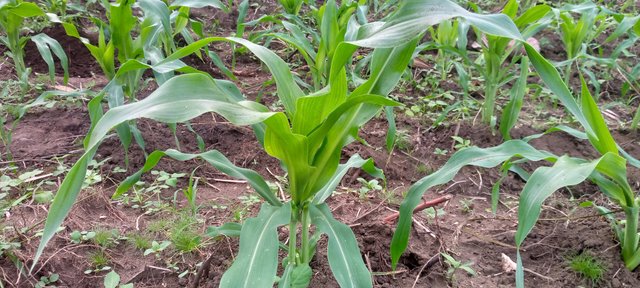
Choosing super or good corn seeds, This is what we must do in corn cultivation, choosing quality seeds. We can get corn seeds at agricultural stores. There are several types of corn seeds that are usually provided. Starting from hybrid seeds, sweet corn, and so on. Cultivate the land and clean the weeds on the land, Land is an absolute requirement that must be met in corn cultivation. Because this will determine the growth of the corn that is planted without any obstacles to the condition of the soil and make sure the soil planted with corn is really fertile and clean. In addition, the soil must also contain a lot of nutrients, corn is classified as a plant that is easy to grow as long as the soil conditions are good, because corn can be planted in other parts of the soil such as andosol, latosol, grumoson, and other types of soil such as the pH that is suitable for corn is at five to 6. Don't forget to first make sure the fertility of the soil we have.
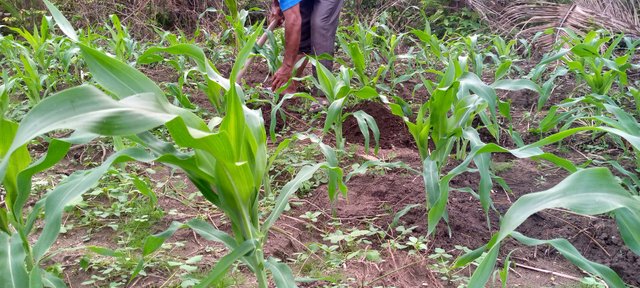
How to Plant Corn in the Field is enough to plant as usual, After getting superior corn seeds and cultivating the land, try to plant corn. The most suitable condition for planting corn is when the soil is moist. Make sure the soil is not too wet and not too dry. Local farmers usually use a corn planting distance of 30 cm x 40 cm. Then, put two seeds in one planting hole. The depth of the planting hole is usually 1.5 to 2 cm.
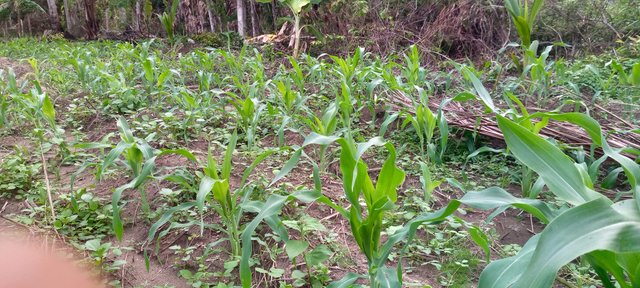
Give Fertilizer to Corn Plants In the first few parts of fertilizing corn plants, we can use basic fertilizer. The basic fertilizer given is usually organic fertilizer. For example, manure, compost, and various other types of organic fertilizers. Corn plants will absorb some of the elements needed to grow. These elements are like phosphorus, nitrogen, and potassium. These three elements will be needed in the growth phase and fruiting period.
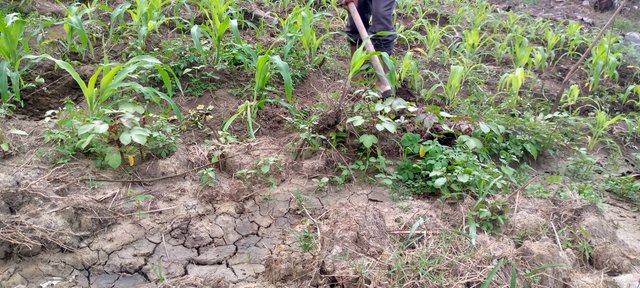
Maintaining corn during the growth period, there is a possibility that corn will be attacked by pests. For that, corn plants need proper maintenance. There are several stages that can be done such as replanting, thinning, irrigation, and follow-up fertilization.
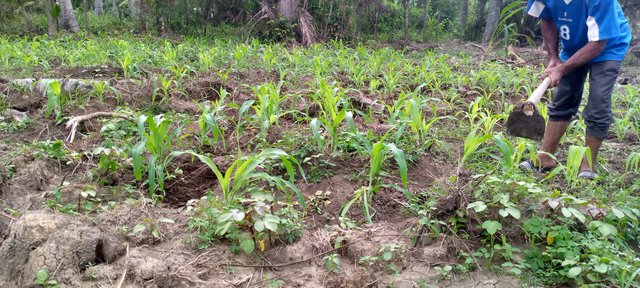
– Replanting, Do replanting if we want to see corn that is stunted in growth. Then, replace it with a new plant. In doing replanting, don't be late. The maximum time needed is usually only one week.
– Thinning, Not only replanting, we can also do thinning and control corn plants periodically. Thinning is usually done on corn that is one week old.
– Hilling, Hilling is done by digging a ditch between the bed and the soil behind the plant roots. This is intended so that the corn plants do not fall easily and make them stronger to support the stems and potential fruits that will grow. The excavation in the ditch allows water to enter. The water will be easily absorbed by the plants.
– Fertilization, For fertilization, try sprinkling some manure. In addition, we can also provide nutrients to the plants.
– Irrigation, Water is one of the important factors for corn plants, both at the beginning and later harvest. There are several phases of corn that require a lot of water, one of which is the flower phase. This phase will grow at the age of the plant 40 to 55 days after planting. Likewise with the seed filling phase which is at the age of 50 to 80 days after planting.
– Prevent Pests and Diseases, When corn plants are growing, there will always be obstacles. There are several pests that usually attack corn plants. These pests include earthworms, grub pests, leafworms, seed flies, armyworms, etc. Corn plant diseases when attacked by pests are usually purple spots, fungi and rust.
Corn Harvest, Determining the age of the corn plants that are harvested usually depends on the consumer. If we target the harvest of baby corn or feed corn, the time needed will certainly be faster. However, we must be careful when harvesting it. Do not let the harvesting take too long because it will damage many corn seeds. Meanwhile, to check the ripeness of the corn seeds, try peeling the sample we have. If it is in accordance with what is expected, we can harvest. Hopefully these corn cultivation steps can be useful!
Now a days most of the farmers maize farming is a very profitable business, many farmers are profiting from maize farming, many farmers are farming maize in our village, very nice to see your maize farming method, thanks a lot for sharing this beautiful post with us.
Downvoting a post can decrease pending rewards and make it less visible. Common reasons:
Submit
Thank you too, I am also very happy if the knowledge that I know a lot can be shared and used by many people, thank you also for visiting and following.
Downvoting a post can decrease pending rewards and make it less visible. Common reasons:
Submit
This is a fantastic guide for anyone interested in corn cultivation! The detailed steps you’ve shared, from selecting quality seeds to maintaining and protecting the crops, are extremely helpful. The emphasis on soil fertility, proper planting techniques, and pest management shows a great understanding of successful farming practices. The images also help visualize each stage clearly.
Downvoting a post can decrease pending rewards and make it less visible. Common reasons:
Submit